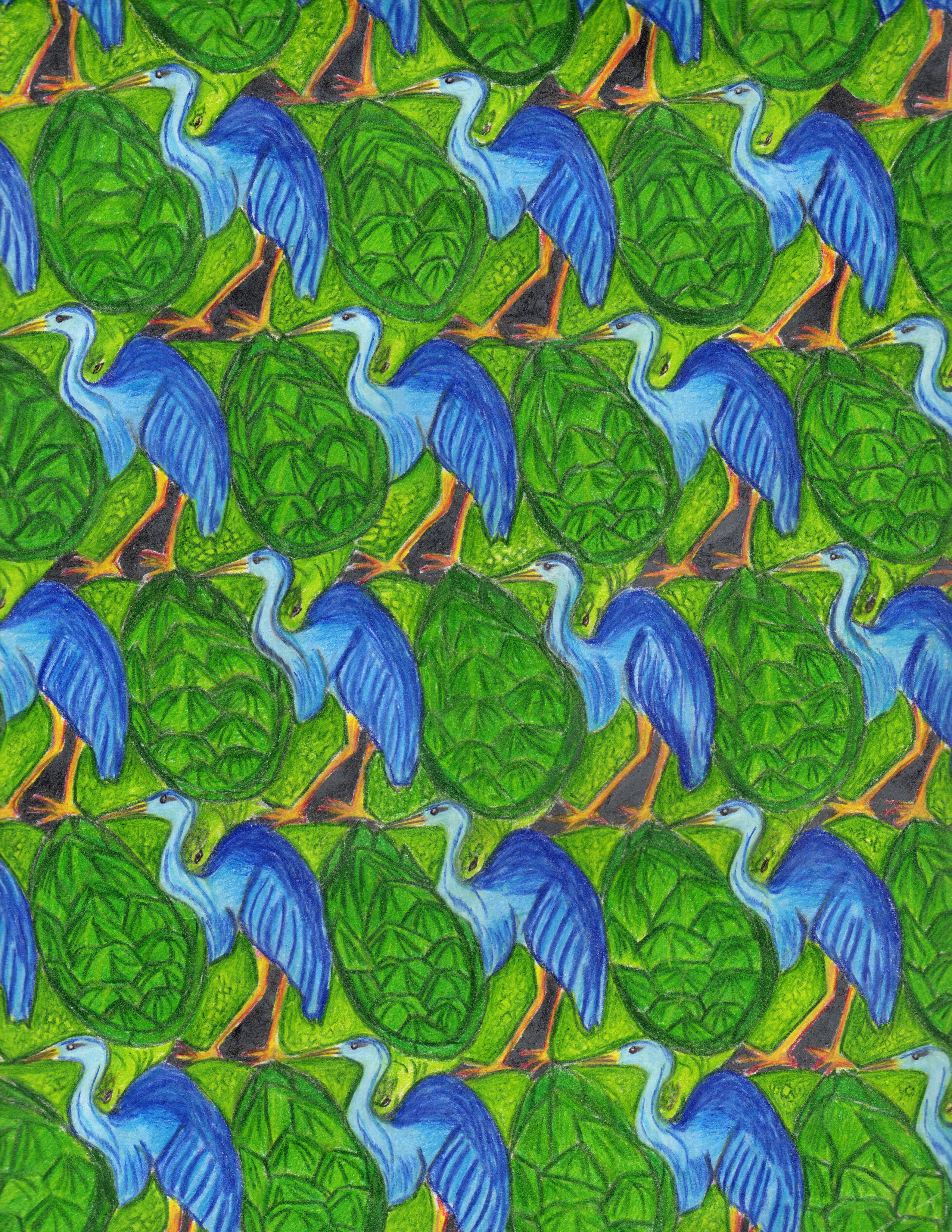

For this, the team stretched and morphed the hat to create a family of tiles along a continuum – all with the same repeating pattern, but at various stages between two extreme shapes. However, proving its aperiodicity required a slightly different technique. These, in turn, arrange themselves into even larger “supertiles”, and so on – a behavior that is common in non-periodic tilings, and was a major clue that the shape might be a potential einstein. The first hint that the “hats” were something special was their tendency to arrange themselves into larger clusters, or “metatiles”. That proof, in its most basic form, consisted of two steps. “That’s where a computer would be worthless as a human had to be involved in constructing a proof that a human could understand.” The turtle is defined in an object-oriented style and embedded in the Processing. The lines of the turtle’s trail define the tiles of the tessellation. “And then by hand you start examining them and try to understand them, and start to pull out the structure,” he added. The approach is based on turtle graphics. You filter out the 999,999 of the boring ones, then you’ve got something that’s weird, and then that’s worth further exploration,” he explained. Finding the tile, and proving its aperiodicity, required the use of both powerful computers and human creativity, Goodman-Strauss told New Scientist: “You’re literally looking for like a one in a million thing.

Although the paper has yet to be peer-reviewed, experts believe it’s likely to hold up to scrutiny.


 0 kommentar(er)
0 kommentar(er)
